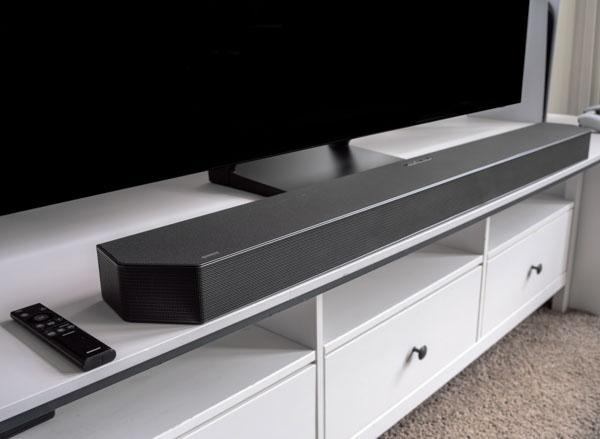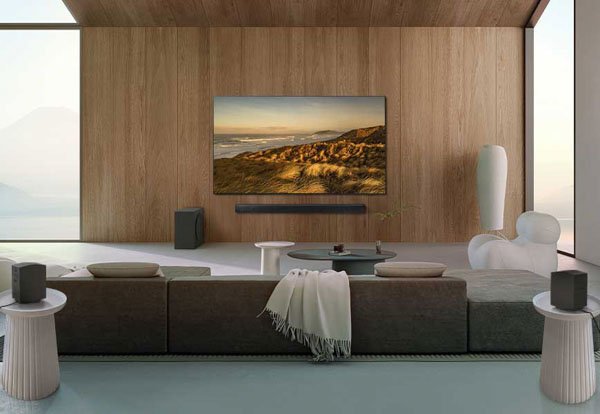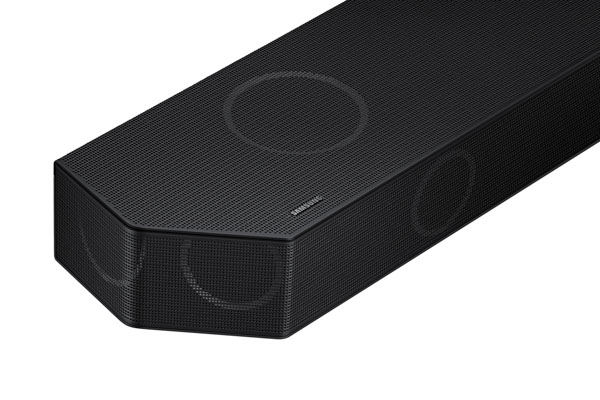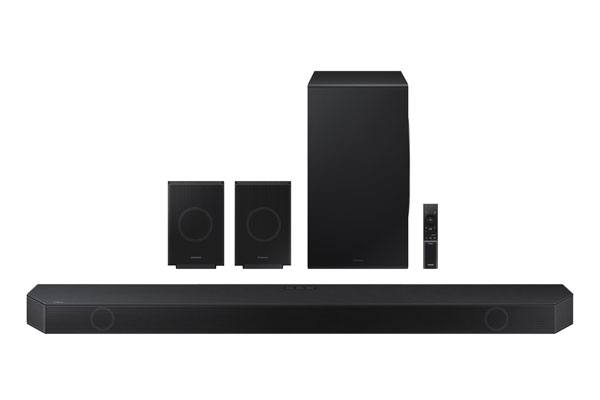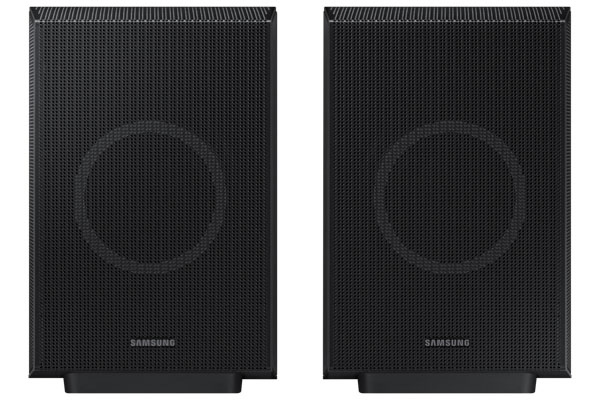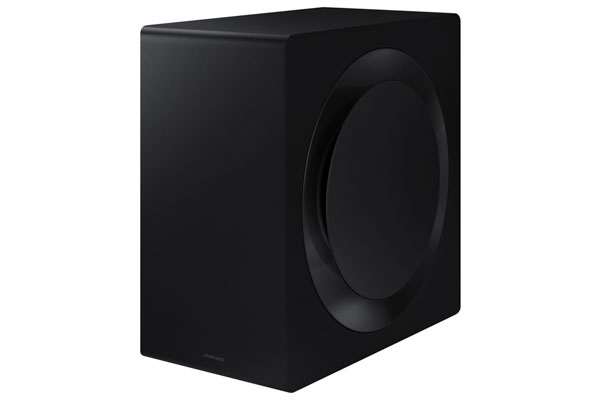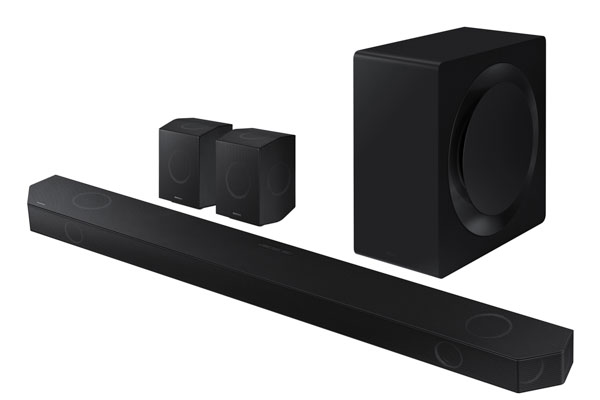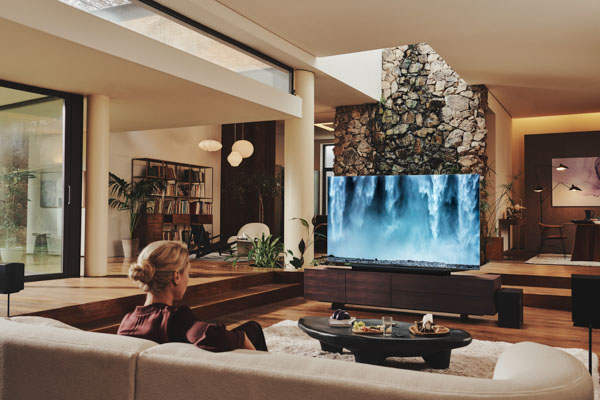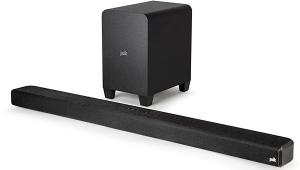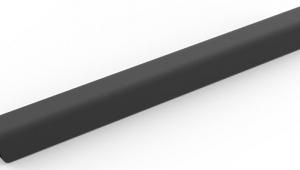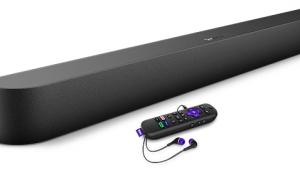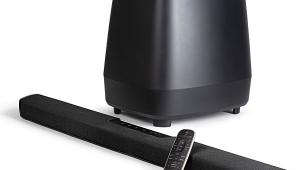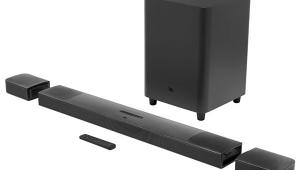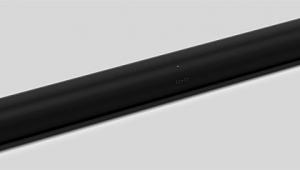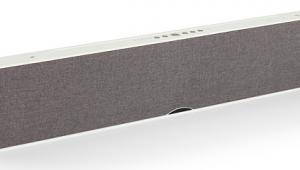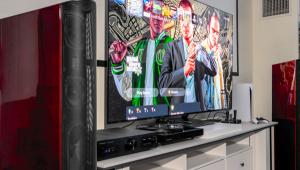1) My two-paragraph review of the Atmos mix of Rush's Signals appears at the midpoint of my Spatial Audio File column on "The Ten Best Immersive Audio Albums of 2023" that posted here on S&V on December 28, 2023.
2) Also, Signals Atmos mixmaster Richard Chycki goes into great depth with me about this particular Atmos mix in my Spatial Audio File column dubbed "New World Man" that posted here on S&V on April 28, 2023.
Also, one final note, for additional context -- it's actually a bit unclear if the late Toronto broadcaster Mark Dailey is in fact the one who repeatedly vocalizes the word "Subdivisions" in the choruses of that song. Rush guitarist Alex Lifeson mimes the line in the band's official "high school halls" video for the song, and Alex continued doing so onstage whenever Rush performed the song live -- which was pretty much every show they did after the Signals album came out in September 1982 until their final touring curtain call in 2015.
Listening to "Subdivisions" again more closely, it sounds more like drummer Neil Peart's voice there if you compare it to his "we have assumed control" sequence at the end of "2112," though I have pretty much always tended to ascribe it to Lifeson after seeing him do it onstage all those years... c'est la vie!
"Conform or be cast out..."
